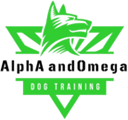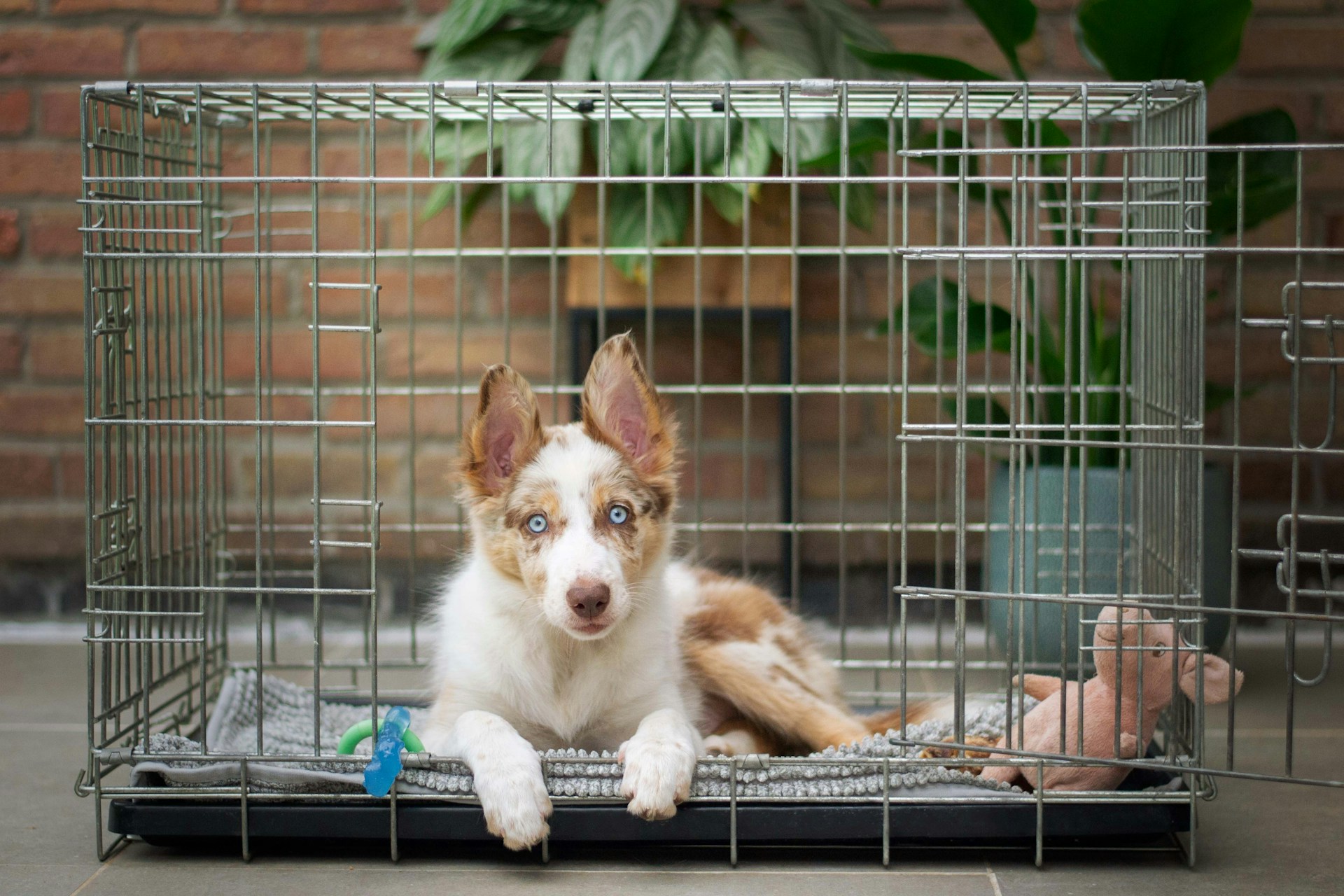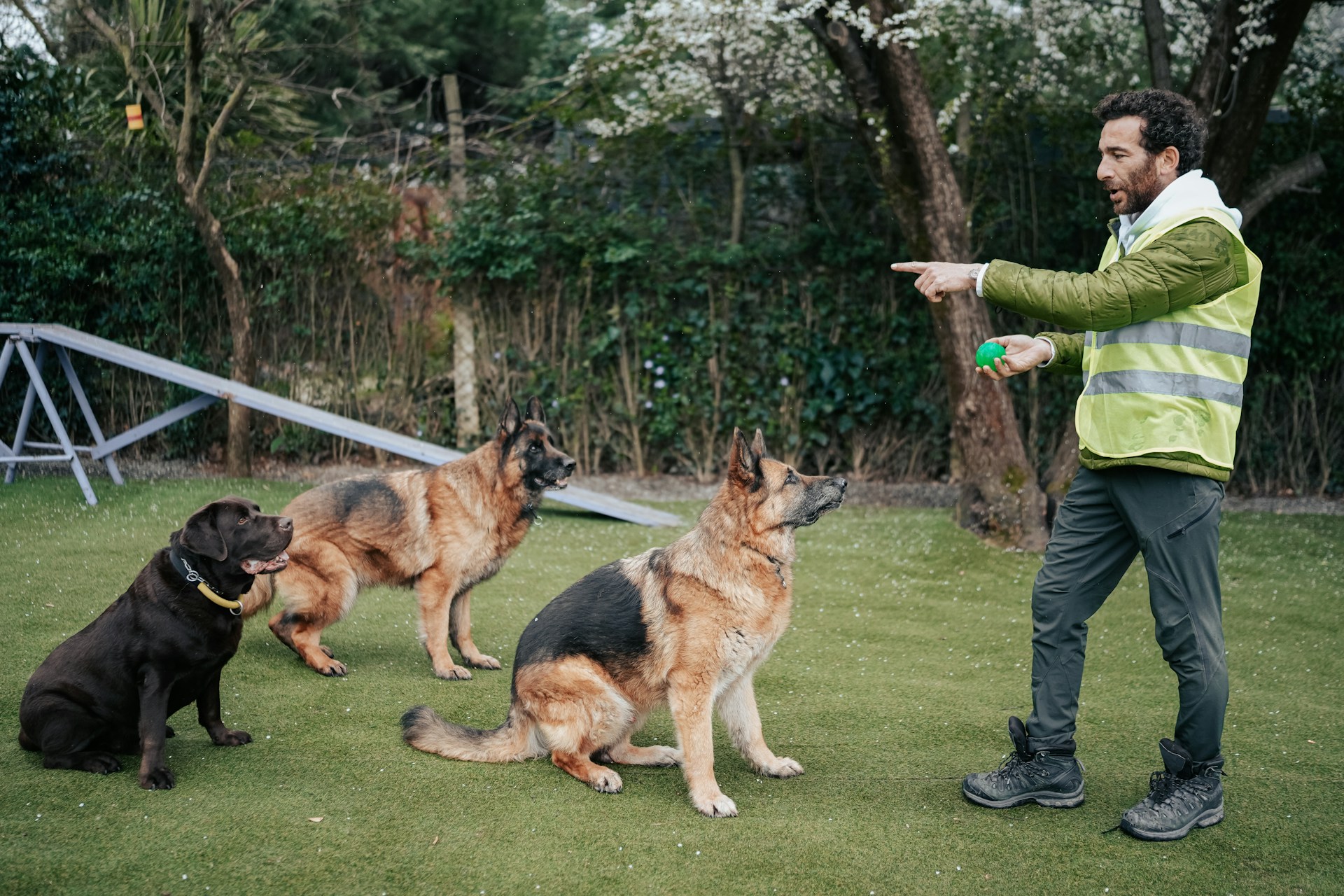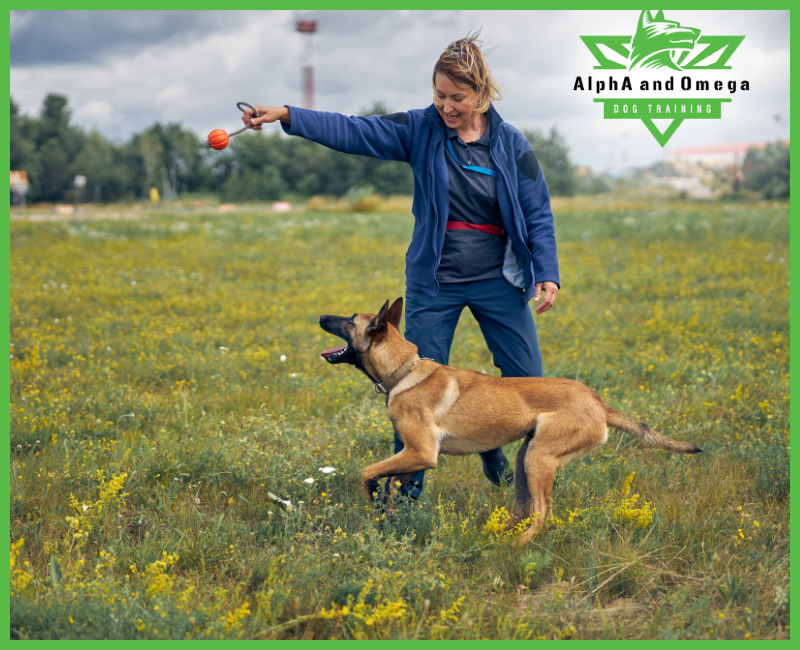
Many families are planning trips with their furry companions as the holiday season approaches. Ensuring your dog’s health and safety during travel is crucial for a stress-free and enjoyable experience. Check out our tips and advice to keep your furry friend happy and healthy throughout your travels here. Need personalized recommendations or tips on how to prepare dog sitters for your dogs if they are not accompanying you? Just give us a call.
Taking your dog along can make the family vacation more fun for everyone, if you plan carefully. Here are some tips to make traveling with your dog enjoyable.
Health and Safety for Dog Travel
Bring your dog to the veterinarian for a checkup before going on an extended trip. Make sure all their vaccinations are up-to-date. Take their shot records with you, since health certifications may be required for airline travel. Ask your veterinarian if your dog is in proper mental and physical shape to travel. Remember that not all dogs will enjoy going on a trip.
To keep your dog healthy as you travel, bring along a supply of their regular dog food. Don’t forget bottled water and be sure to bring any medications your pet needs.
Be prepared for an emergency. Find the number of the nearest 24-hour veterinary emergency hospital and program it into your cell phone, along with the office and emergency number for your regular veterinarian (in case the veterinarians need to speak with each other). That way, if there’s a situation where your dog needs medical attention, you’ll have the necessary information on hand.
Dog Travel Crates
A dog crate is an excellent way to keep your dog safe in the car and is required for airline travel. It can also keep your pet from getting into trouble in a hotel or at your host’s home. Crates are available from most pet supply stores. Stock the crate you choose with your dog’s essentials, such as a orthopedic dog crate pad, a favorite dog toy, and a dog water bottle, and your pet is ready to go.
Look for these features when purchasing a dog crate:
- Large enough to allow the dog to stand, turn, and lie down
- Strong, with handles and grips, and free of interior protrusions
- Leak-proof bottom covered with absorbent material
- Ventilation on opposing sides, with exterior rims or knobs to prevent blocked airflow
- “Live Animal” label, arrows showing upright position, with owner’s name, address, and phone number
Dog Identification
In the event that your dog gets lost on your trip, you can increase the chances of recovery by making sure they can be properly identified.
- Make sure you have a sturdy dog leash and collar. The collar should have identification tags with the dog’s name, your name, and your home phone number, as well as proof of rabies shots. If you plan on being away for more than a few days, consider purchasing a second identification tag with the location and phone number of your vacation spot.
- Get your dog a permanent form of identification, such as a microchip.
- Bring a recent picture of your dog along with you, as well as a copy of their health and vaccination records.
Traveling By Car With Your Dog
Get your dog comfortable in the car by letting them sit in it with you without leaving the driveway, and then going for short rides. Be sure to utilize a dog seatbelt, car seat, or safety harness while they’re riding with you in the car.
Keep the car well-ventilated to ensure your dog stays comfortable. If the dog is in a crate, make sure that fresh air can flow into the crate. Avoid carsickness by letting your dog travel on an empty stomach. However, make sure they have plenty of water at all times. Stop frequently for exercise and potty breaks and be sure to clean up after your dog.

Never let your dog ride in the back of an open truck. This is extremely dangerous and can lead to severe injuries or death. Never, ever leave your dog unattended in a closed vehicle, particularly in the summer, and follow our summer safety tips for dogs. If you must leave the car, designate a member of the family to stay with the dog
Flying With Dogs
When making your flight reservations, you must also make reservations for your dog. There are restrictions on the number of animals permitted on each flight. They’re accepted on a first-come, first-served basis.
When traveling by plane, plan to visit your veterinarian before your trip. Remember that each airline has its own regulations for traveling with animals. For example, your dog won’t need a signed health certificate for many domestic flights, but each state has its own travel requirements. At the appointment, your vet will confirm that your dog is healthy enough to travel and if they’re up-to-date on necessary vaccinations.
Airlines make it clear that it is the owner’s responsibility to verify the dog’s health and ability to fly. Ask your veterinarian if it would be best for your dog to be sedated for the trip. Be sure to check the temperature of the flight’s starting point and destination, as it may be too hot or cold to be safe for your dog.
Traveling With Dogs by Train, Bus, or Boat
Only dogs under 20 pounds are permitted on Amtrak trains. Dogs aren’t allowed on buses operated by Greyhound and other interstate bus companies. However, service dogs are permitted to travel. Local rail and bus companies will have their own policies.
You may fare better if you’re taking a cruise. However, you should check the policies of the cruise line or ship you will be traveling on before making plans to take your dog on a cruise with you.
Planning on going abroad with your pet? Read up on how to travel internationally with pets safely.

Top Tips When Traveling With Your Dog
Whether you’re traveling by car or plane, be sure to plan bathroom breaks ahead of time. Before you leave home, teach your dog to relieve themself on multiple surfaces — not just grass! Having the ability to go to the bathroom on different terrains, such as concrete, mulch, and gravel, will alleviate discomfort as well as the possibility of accidents while you’re on the road or otherwise. Bring a supply of poop bags to clean up afterward and a leash.
To make sure your dog doesn’t get bored, provide them with a few new toys — and a couple of old favorites. You might want to include a puzzle-type toy to keep them occupied. Also be sure to pack food and water. Check with your veterinarian about giving your dog only bottled water while away from home to ensure that they don’t get an upset stomach. And instead of taking their usual bulky bowls, buy collapsible travel bowls. Try to get your dog used to them using them one week or so before you travel.
Dog-Friendly Hotels and Lodging
Find out in advance which hotels or motels at your destination or on your route allow dogs. Many don’t allow dogs, or they may have size restrictions. If a hotel allows you to stay there with your dog, be sure to respect other guests, staff, and the property. Keep your dog as quiet as possible and don’t leave them unattended.
Upon arriving at the hotel, ask the management where you should walk your dog, and pick up after them. Don’t leave any mess behind. Remember that one bad experience with a dog guest may prompt the hotel management to refuse to allow any other dogs. Be considerate of others and leave your room and the grounds in good condition.
Regardless of where you’re staying, remember to puppy-proof your accommodations. Before you let your dog have free run, make certain it’s safe for your dog to explore. Be sure that electrical cords are out of reach and that previous occupants didn’t leave anything on the floor or under furniture that could be potentially harmful to your dog.
Remember, it’s a vacation. Traveling can be stressful, but a calm owner usually has a calm pet. Our animals pick up on our stress, so if you’re nervous and uptight, your dog may show stress and anxiety, too. Don’t forget that some dogs don’t enjoy traveling, and your dog may prefer to stay home with a dog sitter.

Ensure a stress-free holiday for your furry friend. Enroll your dog in our training program and prepare them for a safe and enjoyable travel experience. Our expert will teach your dog essential obedience skills and help them adapt to new environments. Contact our puppy training Florida today at (844) 739-0990.
Reference: [https://www.akc.org/expert-advice/travel/complete-guide-to-traveling-with-your-dog/]




